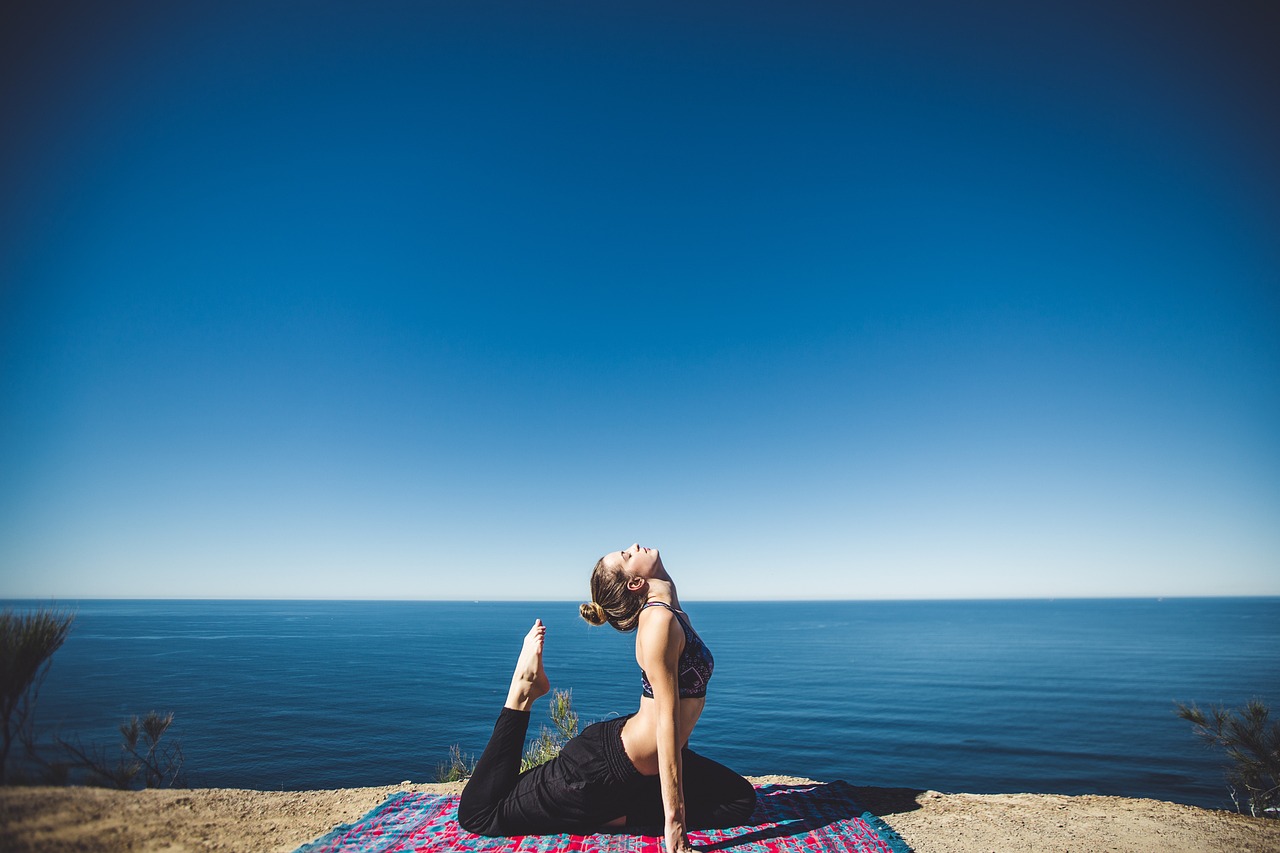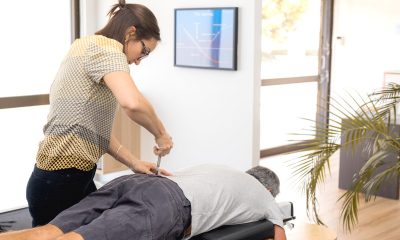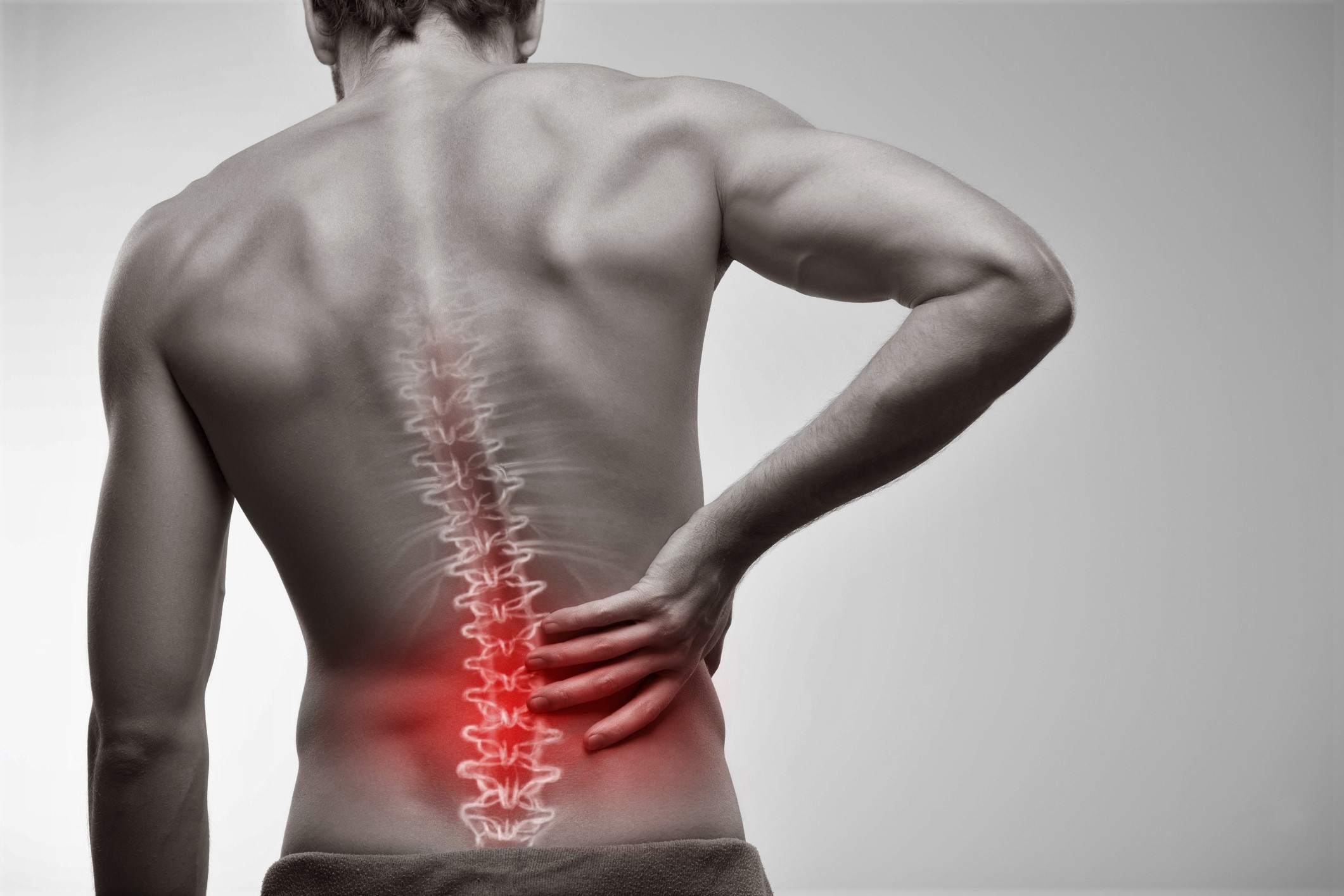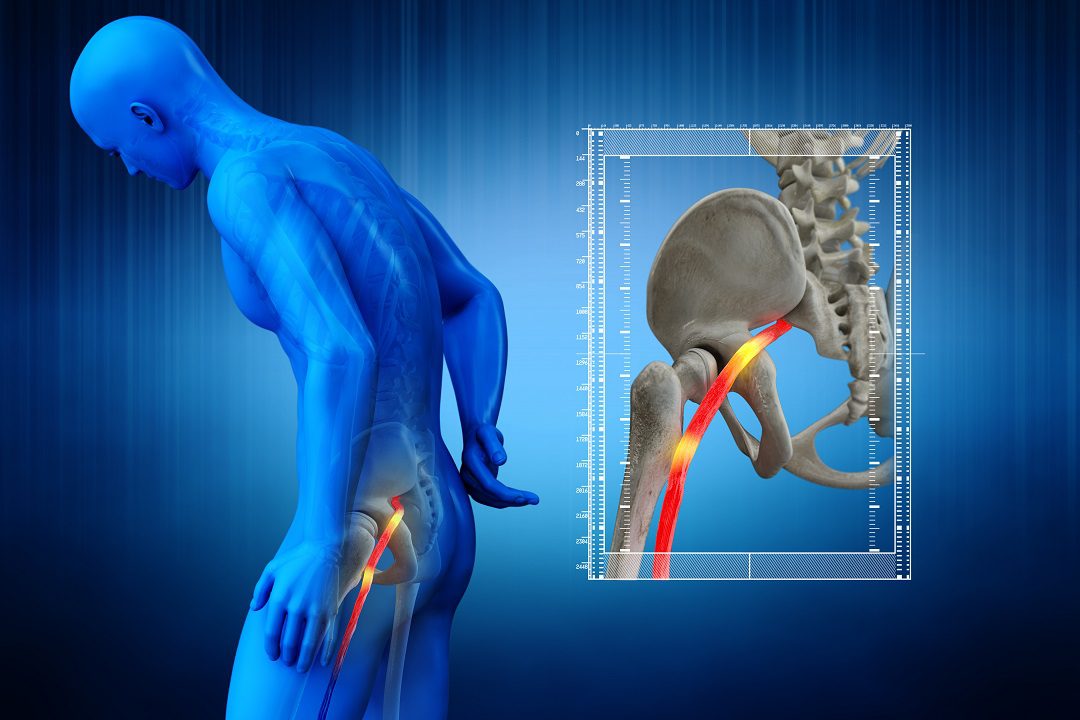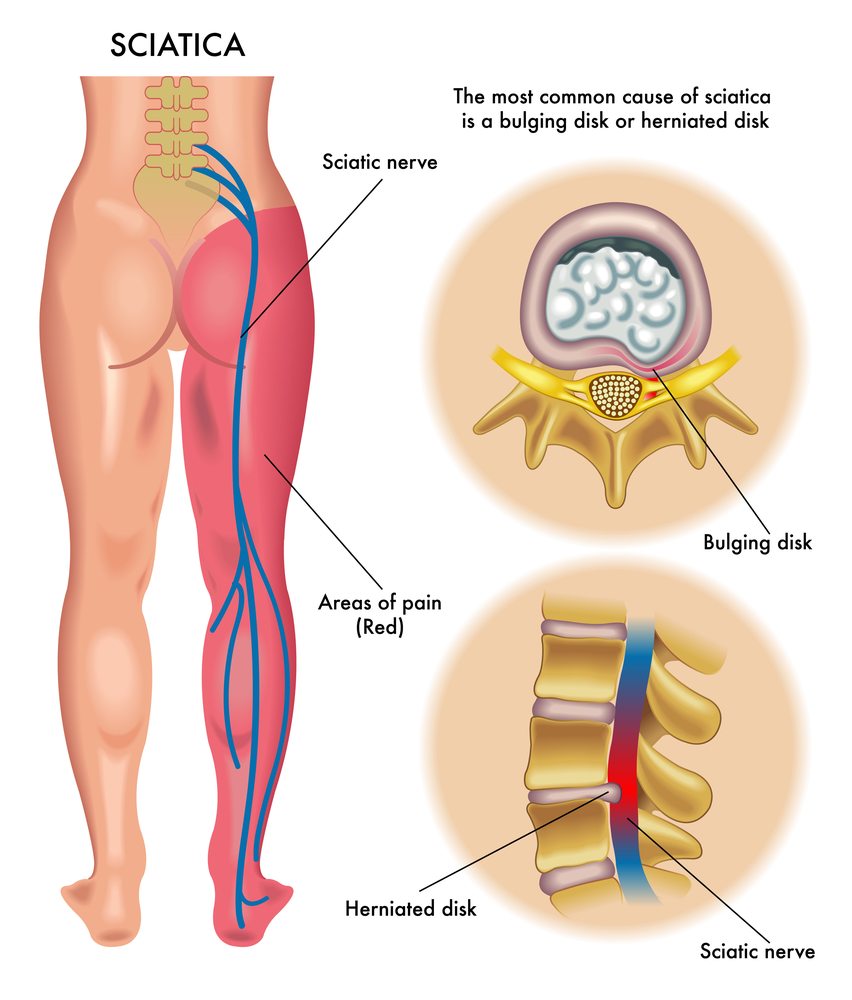Back Pain
“Your (aging) body is a wonderland”

With apologies to John Mayer who, like the rest of us, is not getting any younger.
– – –
We have the afternoon
You have this exam room
We still have one thing to do
Diagnose these
symptoms, they are new
A mile to every inch of
My skin tags, please don’t choke
That thing on my lip, right?
Do you need a biopsy?
Find a top document
To heal us
prediabetes?
you will handle it
Cut away the sugar
And noodles
What about the quality of life?
Your aging body is a wonderland
It’s a medical miracle and mine is just as bad
Your body is a wonderland
Something about the way my hair falls out every day
Doc gives me a pill to keep the eczema at bay
She tells me where to go
A cardiac referral
This back pain is such a burden
Could I have an epidural?
Kidney stones
You are painful
Swim in a deep sea
From codeine
Can’t see anything now
Cataract
It will take a while to fix me
My aging body is a wonderland
It’s a medical miracle, feel my glands
My Gen X body is a wonderland
(Carpal tunnel again
I can’t use my hands)
damn baby
you frustrate me
I know you’re mine, all mine, all mine
But that move you made just broke my back
Your aging body is a wonderland (you’ll never sleep again)
It’s a medical miracle, time for one CAT scan
My aging body is a wonderland (my knee’s blown again, again)
Our aging bodies are a wonderland (arthritic hands)
>

